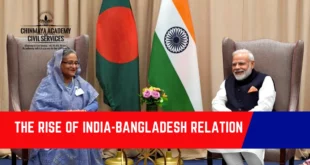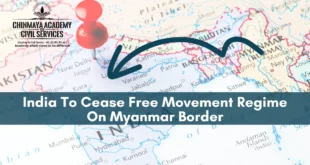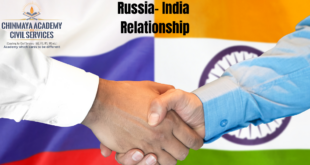At the time, ISRO was grappling with the task of indigenously executing the cryogenic stage for its GSLV Mk-II rocket. Any thought of sending a moon lander was a distant dream of low priority. Equipping the LTTF and making it look and feel like being on the moon was the first challenge. It needed lunar ‘soil’ with almost all its features and texture, lunar temperatures, low gravity and the same amount of sunlight as on the moon.
For recreating the terrain, an option was to import simulated lunar soil from the U.S. — at an exorbitant $150 a kg (the then prevailing price). The facility needed about 60-70 tonnes of soil. ISITE’s parent, the U.R. Rao Satellite Centre, or URSC (it was called the ISRO Satellite Centre or ISAC at the time) did buy a small amount of simulated lunar soil from the U.S., but soon decided to find its own solution at a lower cost. M. Annadurai, who as URSC Director oversaw activities related to the Chandrayaan-2 spacecraft until he retired in August 2018, recounts that geologists of various national agencies had found that a few sites near Salem in Tamil Nadu had the ‘anorthosite’ rock that somewhat matches lunar soil in composition and features. The URSC’s lunar soil simulation studies team zeroed in on Sithampoondi and Kunnamalai villages for the soil. It turned out to be a Rs. 25- crore project: experts from the National Institute of Technology in Tiruchi, Periyar University in Salem, and the Indian Institute of Science, Bengaluru, joined in, working without any fee.
Source : https://www.thehindu.com/todays-paper/chinese-men-unfurl-banner-near-lac/article28417528.ece
 Chinmaya IAS Academy – Current Affairs Chinmaya IAS Academy – Current Affairs
Chinmaya IAS Academy – Current Affairs Chinmaya IAS Academy – Current Affairs



